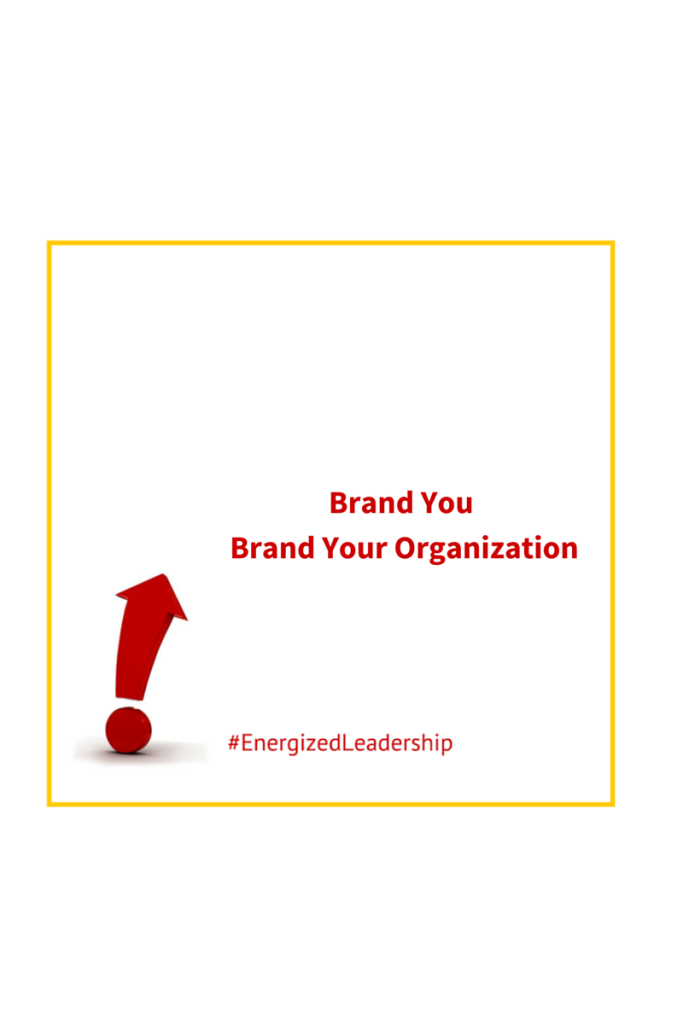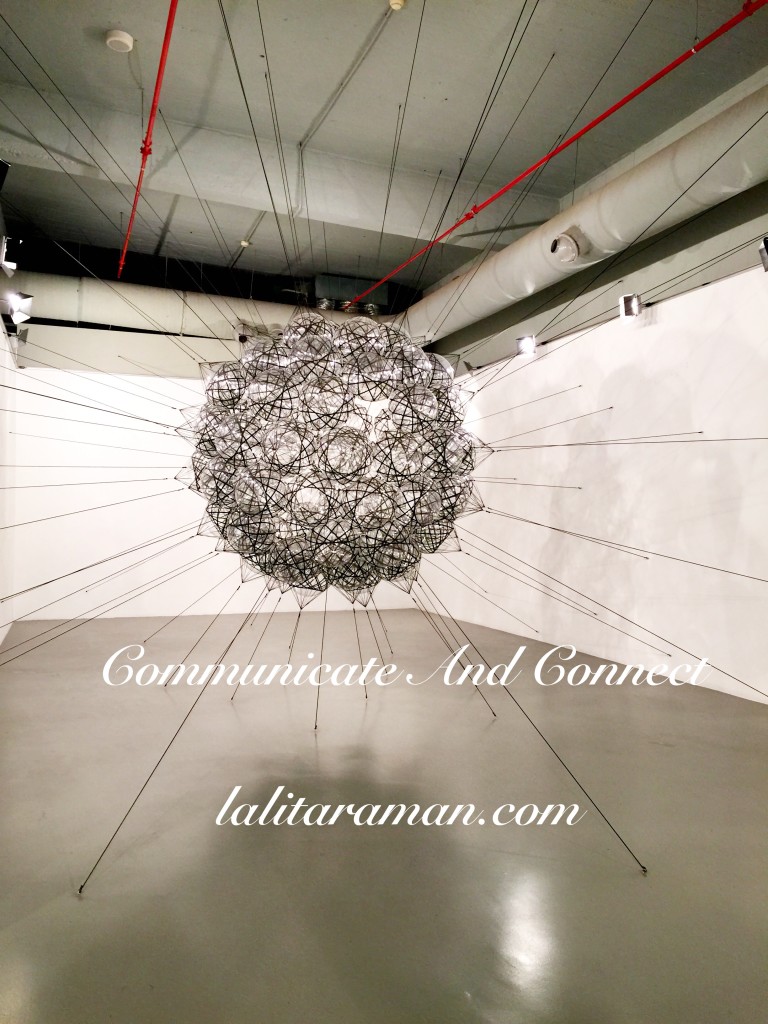“You are a OCD”. This was the remark I received from one of my colleagues when he heard that I try to make time to go to gym and yoga on a daily basis. I laughed it off and remarked, I enjoy being fit and thus make time for cardio, strength and some mindfulness on a daily basis. Don’t you feel like doing so? Well, I don’t find the time, was his remark.
⇒Is it not finding time or not having the inclination to make time?⇐
Work-life balance is one of the commonly faced challenges by executives – senior, mid-level managers in organizations, and business entrepreneurs and individual contributors. It continues to be one of the primary issues facing almost every leader.
What is work/life balance? Is it spending equal or balanced time on work and home?
Who determines the balance?
Is this balance scripted or something we have set expectations on?
For over 10 years, out of the two decades, that I had spent in the Corporate world, my day started at 5:30 am and did not finish till 9 pm. My days used to be packed and I did not find time to go to the gym till 8 or 9 pm. I used to get Saturdays and Sunday’s off. We had to take at least two weeks off for mandatory compliance reasons. There were other days I could not go to the gym or yoga and I had to find ways to keep myself energized. I have had times when I have had to waste my yearly vacation because there was so much happening in my work-world.
When I left the Corporate World, to pursue my dream of becoming a Leadership Coach and Facilitator I was aware of the risk and financial impact this would have. This also meant not taking holidays in the same way I was able to do before, working on Saturdays and on many occasions working on Sunday’s too. However, on the flip side, I have on many occasions been able to structure my day in the manner I want. I work late and if I don’t have early meetings or any trainings or workshops to facilitate, I wake up late. I used to feel guilty about this in my first year of this transition.
The guilt came from the fact that the standards and routines that I had set myself, I was not following. I started questioning my efficiency, and my productivity. This especially in my first year of this change lead to frustrations because a lot of time was spent on business develop,went, trying out things, learning ways to do things that I had never done before. So basically my day was unstructured and some things took more time than I had set for it.
I realized over time, that in fact it was not about my efficiency nor me wasting my time but that I had to let go of the routines that I had set myself which worked, when I was in the Corporate World. I had to learn to let go of the rigidity and become more flexible in a day that consisted of business development, content preparation, reading, making calls and meeting clients and prospects on a day when I was not facilitating a training session.
In these three years, I have learnt to gradually let go of beliefs, practices and routines I used to live by. It is work in process because no day is the same.
Each day is different and whether you are part of a structured corporate world or not, managing your day and time is essential and you need to be flexible about doing so. That is an imperative part of your work/life integration.
How can you achieve your work-life integration ?
1. Determine what is your personal vision
This is what you are in 3 months or 6 months’ time. Having a smaller vision for a month or 3 months within a broader vision is a good stepping stone to encourage you along the way.
Be aware about your core values and your actions and behaviors that reflects who you are to guide you on your journey to achieving your vision. I had to set many smaller goals and still setting goals along my way to achieve my ultimate vision of making an impactful difference in people’s lives across the globe.
2. Prepare a list of nonnegotiable
These are the list of activities that enables you to be who you want to be. It could include “me” time (meditation, gym, walk), reflection, spending time with your kids and your partner, sleep time, spending time with your family and friends, keeping up your word on the deliverables you have promised.
3. What are your daily, weekly and monthly must-do’s?
This is essential to achieve your nonnegotiable. Some of your nonnegotiable may have to be done daily, others weekly and yet some others fortnightly or monthly.
4. Review your list of nonnegotiable and other activities
Structures and routines you may have set for yourself may be outdated and irrelevant.
5. Let go and adapt
Because that is where the development and growth happens. Most successful people are able to harness their passions and reality with the power of their attitude and willingness and bring various parts of their life together to achieve what gives them fulfilment and satisfaction.
For further tips read “Top Five Questions On Work-Life Balance“
⇒How are you bringing work-life integration daily?⇐
Do You Want To Manage Your Work Life Integration better? Do You feel yourself overwhelmed? Do you want to move from stuck to unstuck? Please feel free to connect with me. Let’s have a chat
For group coaching, facilitation of workshops, and/or one-on-one coaching please connect with me.












